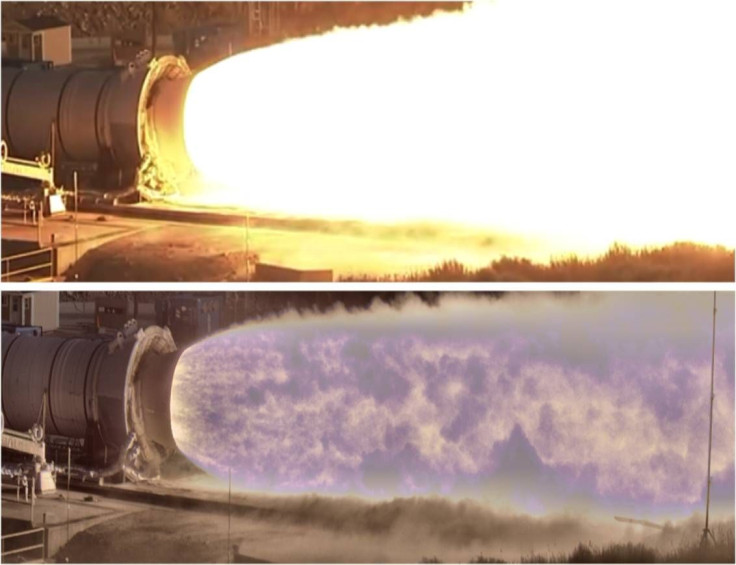NASA’s New HDR Camera Records Rocket Propulsion Test With Unprecedented Detail

NASA recently completed a full-scale test of the booster of its Space Launch System (SLS), and while recording the propulsion video, the space agency also successfully conducted another major test of a camera that can capture data in never-before seen detail.
The new high dynamic range (HDR) camera, dubbed the “High Dynamic Range Stereo X (HiDyRS-X) project,” is a revolutionary high-speed camera. According to NASA, the HiDyRS-X project is designed to help scientists film rocket motor tests that are difficult to record without drastically cutting down the exposure settings on the camera.
“Traditionally, video cameras record using one exposure at a time, but HiDyRS-X records multiple, slow motion video exposures at once, combining them into a high dynamic range video that perfectly exposes all areas of the video image,” NASA said in a statement.
The HiDyRS-X project was initially tested on small rocket nozzle plumes at NASA’s Stennis Space Center. However, the massive SLS booster test — the second and final booster test before SLS’s first test flight in late 2018 — provided scientists with an opportunity to test the HiDyRS-X hardware in a full-scale environment.
“SLS will be the most powerful rocket in the world, and will take our astronauts farther into deep space than ever before,” NASA said.
According to scientists, boosters are extremely powerful and, once ignited, cannot be turned off or restarted. Although the HiDyRS-X project’s automatic timer fails to go off at the start of the booster test, the researchers managed to hit the manual override, allowing the camera to turn on just moments after ignition.
The camera recorded several seconds of the two-minute test before the power source was disconnected because of the sheer power of the booster. When the researchers reviewed the camera footage, they saw elements never before caught on camera in an engine test.
“I was able to clearly see the exhaust plume, nozzle and the nozzle fabric go through its gimbaling patterns, which is an expected condition, but usually unobservable in slow motion or normal playback rates,” Howard Conyers, a structural dynamist at Stennis, said in the statement.
Meanwhile, scientists are working on a second prototype of the HiDyRS-X project, which will have more advanced high dynamic range capabilities.
© Copyright IBTimes 2024. All rights reserved.





















